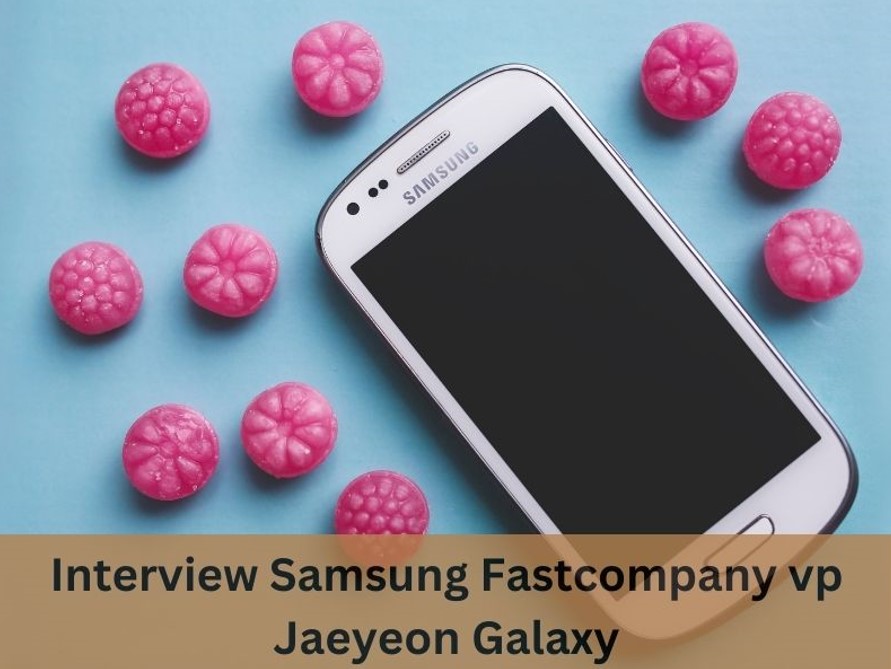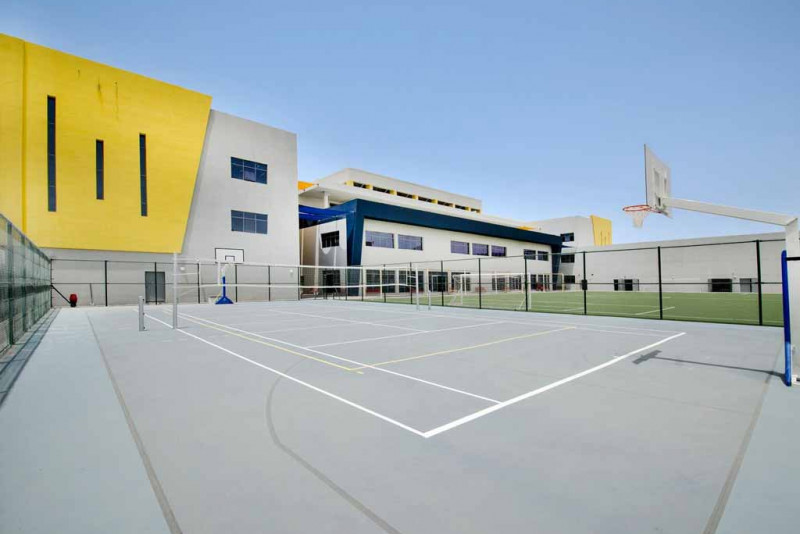We sat down with Samsung Fast Company VP Jaeyeon Galaxy to discuss the Galaxy SmartTag, how it fits into the SmartThings ecosystem, and what sets it apart from other remote location devices on the market.
interview samsung fastcompany vp jaeyeon galaxy is one of the leading tech companies in the world when it comes to technological innovation, and they’re well-known for incorporating design thinking into their business processes.
Design Thinking
Design thinking is an essential process for creating innovative products and services. It’s a human-centered approach that involves empathy, ideation and iteration to uncover new solutions for a variety of problems.
While there’s much to learn about this innovative problem-solving methodology, there are a few basic tips that can help you understand how it works and how to apply it in your workplace. You can start by framing the problem with your team and users in mind, and by asking open-ended questions that allow your team to solve it in a way that’s best for them.
Empathy: It’s important for you and your team to empathize with the people you’re designing for. This means observing them, engaging with them and getting to know their wants, needs and challenges as well as their emotional and psychological responses.
Visualization: It’s crucial to be able to visualize the problem you’re trying to solve. This will help you identify potential solutions and create them in a stepwise manner. It’s also important to be able to identify which ideas are the most feasible and what ones aren’t.
Iteration: This is the most critical part of the design thinking process. It’s where you’ll find yourself testing and refining your ideas until they become the best solution for your customers. Iteration also helps you test and understand if your assumptions were correct.
C-Labs: Another key part of the design process at Samsung is its centralized design labs. These are where designers can share their ideas and get resources they need to build new solutions.
These C-Labs are often where the real design innovation takes place. Samsung’s renowned designers can bring their expertise to the table in ways that help the company innovate its products and services.
This kind of creative experimentation is what makes Samsung so successful. In fact, it’s a big reason why it has the fifth-largest brand value in the world.
As digital technology continues to transform the business landscape, Samsung will need a more radical shift in its design process. To prepare for this change, CEO Lee Kun-hee has led a series of strategic design reviews that have focused on establishing an organization-wide design capability.
Product Development
Samsung has been a leader in the smart home industry for years, but its latest innovations are taking it to the next level. The company is bringing smart home products to the forefront with new features that make life more connected, easier and safer.
During the CES 2022 keynote, Samsung unveiled its vision for a future where consumers have a seamless and intuitive smart living experience. It also showed off several devices that help minimize the environmental impact of their home appliances and increase sustainability.
The company is building a connected ecosystem that connects everything in your home, including your TV, monitor and fridge. It’s partnering with other manufacturers to promote greater interoperability and has even introduced its own open standards for smart device connectivity.
Product development is the process of transforming an idea into a functional product that meets market demands and customer expectations. It involves identifying new business opportunities, concept development, testing and marketing strategies.
It is a complex, multidisciplinary process that requires collaboration from different departments and organizations to get the job done. It can be difficult, but it’s crucial to stay competitive and innovate quickly to meet customer demand.
A typical product development cycle involves a number of steps, such as idea analysis, concept genesis and prototyping. It can be difficult to turn an idea into a viable product, but Samsung has a strong process in place that helps them do just that.
One of the first things that Samsung does when it develops a new product is to identify a problem. Once they know what it is, their team brainstorms ideas to solve the problem. They use a company-wide collective intelligence system called MOSAIC to gather and share ideas from employees across the company.
After a concept is developed, it goes through a rigorous testing process to ensure that it is viable and has value for the company or consumer. The concept will be weeded out if it’s not workable or impractical.
It is a good idea to choose a model for your product development process and have everyone understand the stages of the process. Having a set process will ensure that you are not missing any essential steps and that your product is successful in the market. It will also help you keep track of the progress and ensure that your product is ready for launch.
C-Labs
Samsung’s C-Lab is a corporate incubator that provides employees with the space, tools and time they need to turn their ideas into full-fledged startups. Whether they’re developing software applications, hardware, or business models, Samsung employees are given the resources to make their ideas a reality.
Since its inception in 2012, Samsung’s C-Lab has incubated over 259 projects with the help of 1060 Samsung employees and has garnered many success stories along the way. Their corporate incubator combines the assets of a large corporation with the agility of small lean startups, creating an effective hybrid approach that yields outstanding results.
One of the first projects that Samsung C-Lab incubated was Factory-Relay, a solution that delivers remote and mobile access to industrial equipment. Historically, the plant floor and equipment have been separated from a company’s corporate network and monitoring and control was done through dedicated panels or control rooms. This approach could leave plants open to hacking and cybersecurity vulnerabilities, while also compromising safety protocols on the line.
But with C-Labs’ technology, remote sensors can connect to production lines through a wireless connection that allows them to be monitored without opening up gaps in security measures. This technology also gives factory operators and managers the ability to capture real-time data from their machines, which can then be used for predictive maintenance and better service.
With this new solution, TRUMPF, a global leader in sheet metal processing, has been able to reduce downtime, decrease maintenance costs and improve service quality. As a result, they’ve seen a significant increase in machine performance and customer satisfaction.
In an age of IoT and BYOD, business leaders want to have their devices and machines connected to the cloud so that they can gain real-time visibility into their operations. C-Labs’ industrial automation solutions allow that to happen, while still protecting the integrity of their industrial equipment and complying with IT and data usage policies.
The C-Labs platform enables large distributed networks of machines, devices and ‘things’ to connect to enterprise and cloud services. It can be embedded directly into a device or run on gateways, hubs and proxies. It supports four major network types in large enterprises, including private industrial (OT) networks, private enterprise (IT) networks, public internet cloud connections and wireless carrier networks. It can relay information between production facilities and extend a machine network to include other cloud-based services, such as event logging or analytics.
Innovation
Innovation is a process that involves multiple activities to find new ways to solve a problem. This may be done through research, design, or manufacturing. The outcome of an innovation is usually a product that meets a need or requirement.
It can also be a change in how things work, or a new idea that helps a business compete in existing markets. These types of innovations are often called incremental, or sustaining, innovations.
When it comes to innovation, Samsung is known as one of the top companies at incorporating design thinking into its processes. This type of design can help teams understand their customers’ needs and build support for radically changing products.
At Samsung, the company’s design teams use empathy and visualization to develop a complete picture of what their users want. They also do a lot of market and technological research, which can be helpful when designing new products or services.
As part of its mission to make the world a better place, interview samsung fastcompany vp jaeyeon galaxy also focuses on sustainability. They aim to create a “better future together” by building a people-first approach to technology. This means connecting smart devices that suit the needs and preferences of consumers.
For example, they have built partnerships with Spotify to allow users to connect their music accounts with smart devices and enjoy songs on all of their devices. It’s this sort of partnership that has enabled Samsung to become a leader in the smart home space.
During the recent CES show, Samsung showcased a range of new products that are all aimed at bringing connected living experiences to the forefront. Some of these new products include a Home Hub, which combines six Samsung SmartThings services into one device.
This will act as a command center for your entire smart home. It also doubles as a wireless charger.
It also has a Matter certification, which will make it easier to connect Matter-compatible devices with the Samsung SmartThings ecosystem. The company will update its v2 and v3 hubs, as well as software-based hubs in newer TVs, monitors and Family Hub fridges to support the Matter protocol. This will make it easier to add a Matter-compatible device to your SmartThings or Google Home platform with just a few clicks.
Also Read: Interview Fastcompany Jung Galaxy Smarttag Smartthings






